Welcome to the dystopia that is the earth in 2021. It’s hard to talk about global climate without resorting to the words Alice used in Wonderland: “curiouser and curiouser.” Murder hornets, unprecedented wildfires, snake-infested seafoam, and coastal erosion are just a few of the environmental highlights we’ve been privy to recently.
And the proposed remedy for climate change? Bill Gates is trying to spray millions of tons of fine calcium carbonate dust into the atmosphere… so, I guess that’s an option. Alternatively, product manufacturers are being called upon to create more sustainable supply chains. This is particularly true within the technology sector, which, in 2019, produced over 6.9 million metric tons of waste in the U.S. alone.
Alright, it’s name drop time…
Compare the average 20 percent of global e-waste collected and recycled today to OWC’s current recycling rate: a whopping 97 percent of its solid waste materials. Now let’s take a look at two areas where OWC is an industry leader in sustainable technology production.
The Call for Overhaul
During coronavirus lockdowns, we experienced interconnectedness firsthand – we saw how a virus from a wet market on the other side of the world could decimate the U.S. workforce. We began to review the global impact of what and how we consume. And we refocused on making sustainable purchasing decisions; technology and fashion consumption were brought to the forefront.
We’re at a point where the average American household owns 24 electronic devices. Global e-waste, or waste from discarded electronics, exceeded an estimated 50 million tons in 2020. But a systemic change in the technology production process often requires a total back-of-house overhaul. This doesn’t come cheap.
Refining the Production Process
Sustainable production processes start with a company’s headquarters. Always a gamechanger, OWC was building sustainably before sustainability was cool. It was the first manufacturer and distributor in the U.S. to become 100 percent on-site wind-powered. The company headquarters in Woodstock, Illinois, utilizes a geothermal heating and cooling system. OWC harnesses solar power at its Woodstock and Austin, Texas locations, and it’s one of the largest privately-owned solar arrays in Illinois. Its headquarters is also LEED® Platinum Certified, meaning it actually generates more power than it consumes.
Remember that bit about sustainability overhauls not coming cheap? OWC has invested more than $3 million to implement alternative renewable energy platforms. The company strategically weighs new energy-saving and waste reduction methods. Yes, innovations such as wind turbines and solar arrays require a significant upfront investment, but over time they create significant savings that are then passed on to customers.
Packaging Waste Reduction
When it comes to packaging waste reduction, most American distributors are coming up short. In the U.S., only about 28 percent of packaging and food-service plastics are recycled. But a whopping 94 percent of materials used at OWC are recycled in some manner. OWC rigorously tests its products to determine the smallest possible packaging size that can be used for each product while still passing drop-tests.
OWC believes that sustainable practices make good economic sense. Using less and smaller packaging, for instance, makes product transport more efficient. Reduced packaging helps the company save on fuel costs, reduces carbon emissions and waste, and increases shipping efficiency. OWC’s research in packaging reduction helps customers save, as well, as they pay less for shipping – international customers in particular benefit from this, as they often pay for shipping based on dimensional weight.
A little strategic thinking goes a long way in achieving supply chain sustainability. But few technology companies share OWC’s obsession with emissions and packaging reduction. It’s this obsession that helps the company identify innovative cost-saving solutions, making OWC a leader in environmental stewardship and the one to emulate for tech companies in search of creative waste reduction strategies.
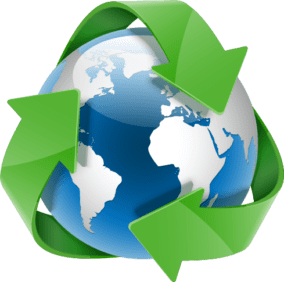
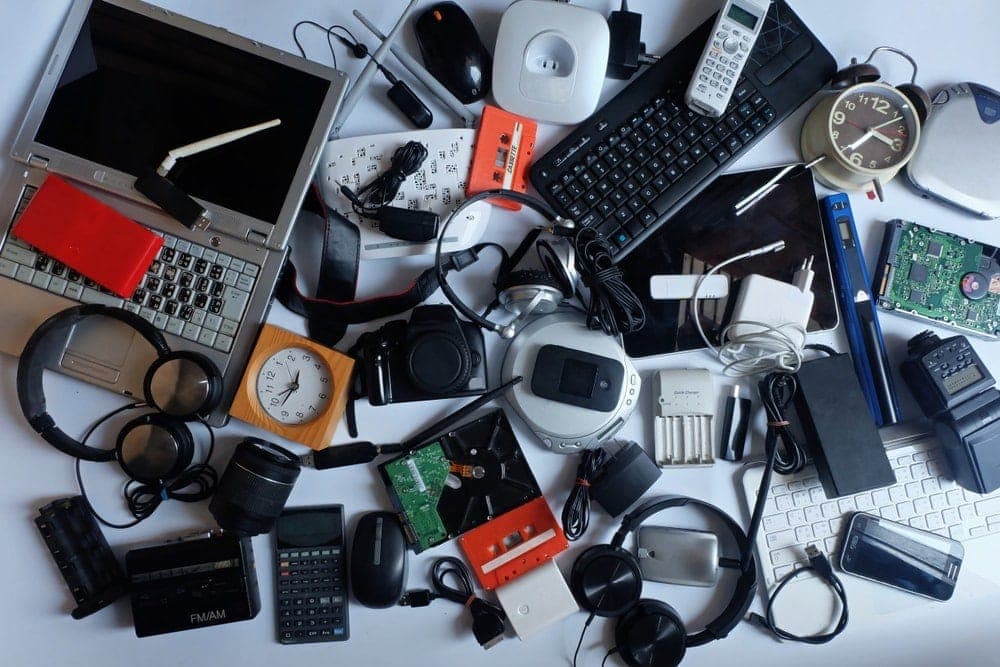
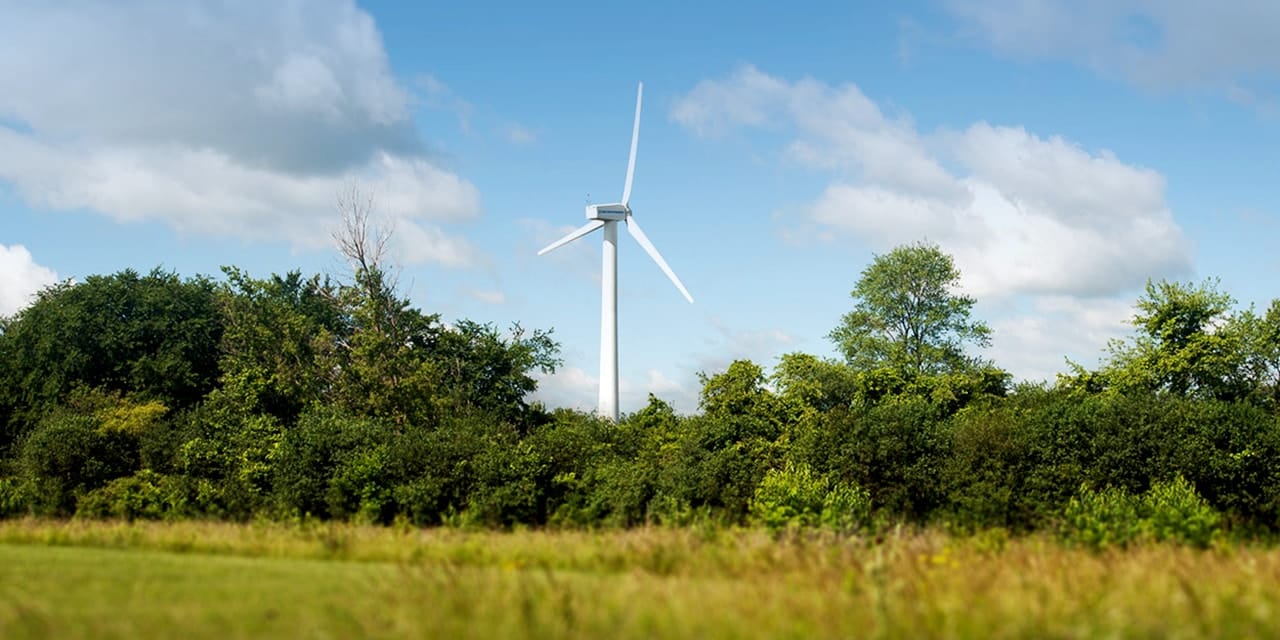



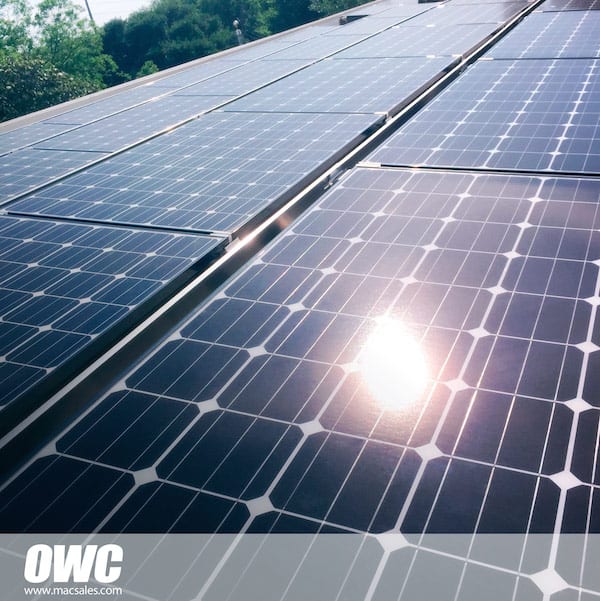
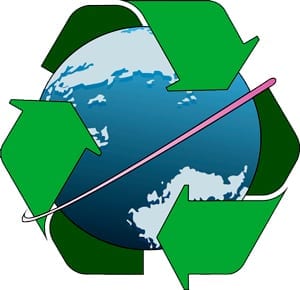
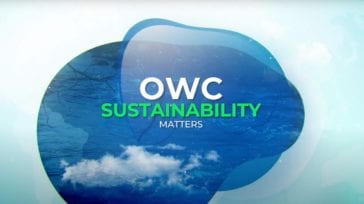

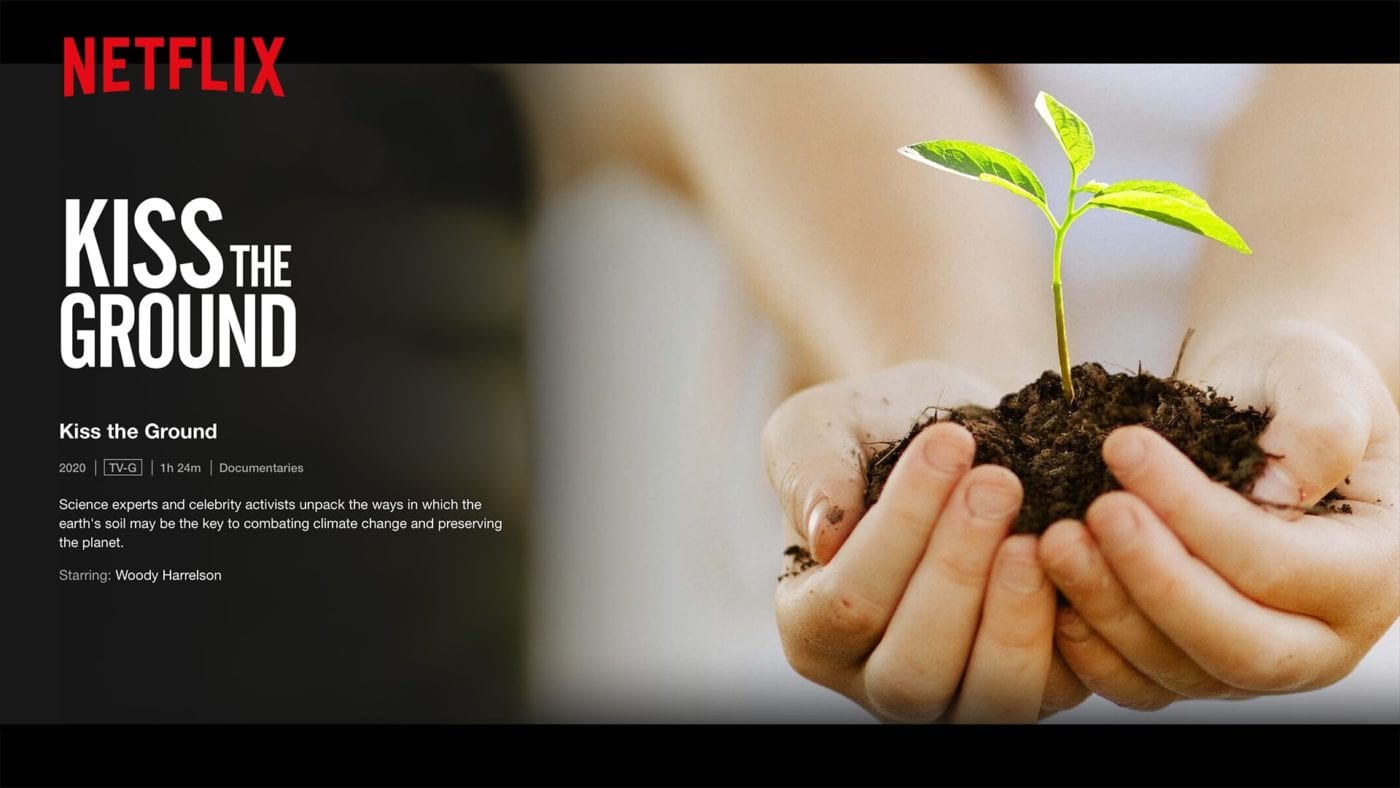
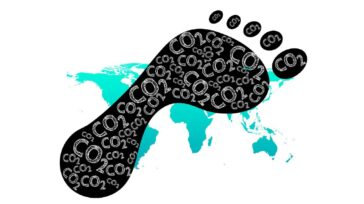


OWC and other companies are to be lauded for their attention to wise energy use and sustainable packaging processes. In the long run, all actions are going to lead to a cleaner future.
I caution against throwing everything we don’t like about nature in to the “climate change” bin. As is typical, you look at correlation and not causation. Environmental phenomena have been occurring for billions of years. By labelling all phenomena climate change induced, we might overlook other, perhaps worse, causes.
Also, to say that wind and solar are the panacea solution, is shortsighted. Solar panels and wind turbines have a life of about 20-25 years; they are not easily or feasibly recycled; require a backup power supply or battery; and are an extreme eyesore and wildlife nightmare.